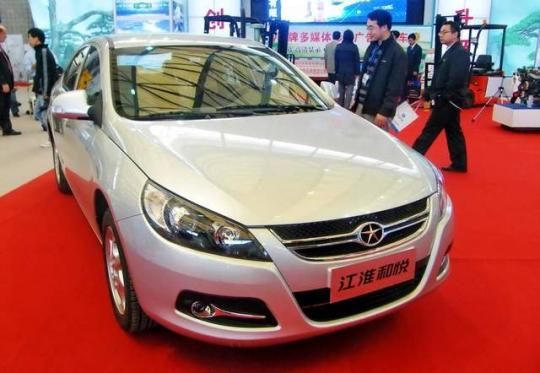China brands invade South America
China brands invade South America

China brands may not win many hearts in Singapore but at the other part of the continent at South America, China cars are slowing gaining acceptance. For instance, Lima (Peru) taxi driver Mario Segura was disgusted by the thought of buying a Chinese-made car. He had doubts about the vehicles' durability, service and resale value. "Little by little, I heard favorable comments," said Segura, speaking in a Chery showroom in the Surquillo district. He had just paid $12,000 in cash for a new Fullwin XR sedan, half the cost of a comparable Fiat or Renault. "It took a long time to decide, but I'm risking it," he added.
Chinese car brands were introduced in Peru in 2006 and they has about 17% market share now. There are approximately 90 different Chinese brands in Peru now. Price is the main selling point of the Chinese cars. New Chinese cars typically sell for half to two-thirds the cost of a comparable European, U.S. or Japanese vehicle, said Guido Vildozo, an auto industry expert with consultants IHS Automotive in Lexington, USA. The low price is the result of cheaper labor in China and low development cost due to design and mechanical imitation.
Chinese manufacturers are entering the Latin America market as the population becomes more affluent. China exported 800,000 cars in 2011 to Lain America but hopes to boost that number to 2 million by 2015 and to 3 million by 2020. Latin America is identified as the starting ground for Chinese automakers




0 Comments
Recommended Comments
There are no comments to display.
Create an account or sign in to comment
You need to be a member in order to leave a comment
Create an account
Sign up for a new account in our community. It's easy!
Register a new accountSign in
Already have an account? Sign in here.
Sign In Now